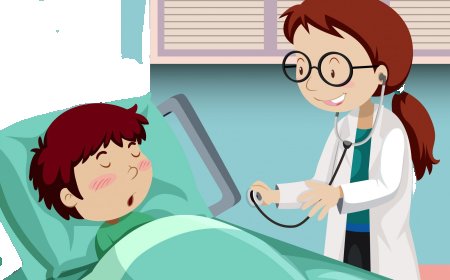- Teach students the fundamentals of designing and simulating feedback control systems using PID controllers for mechanical and electrical applications.
- Provide hands-on experience with interactive simulations of closed-loop systems for controlling variables like speed, temperature, or position.
- Enable students to analyze and tune control systems for optimal performance, ensuring effective regulation of system variables.
- Enhance understanding of control system stability, response times, and error minimization through real-time feedback.
- Foster critical thinking by allowing students to adjust control parameters and assess their impact on system performance in various applications.
imaginX is used by many amazing schools and universities
University / College

























